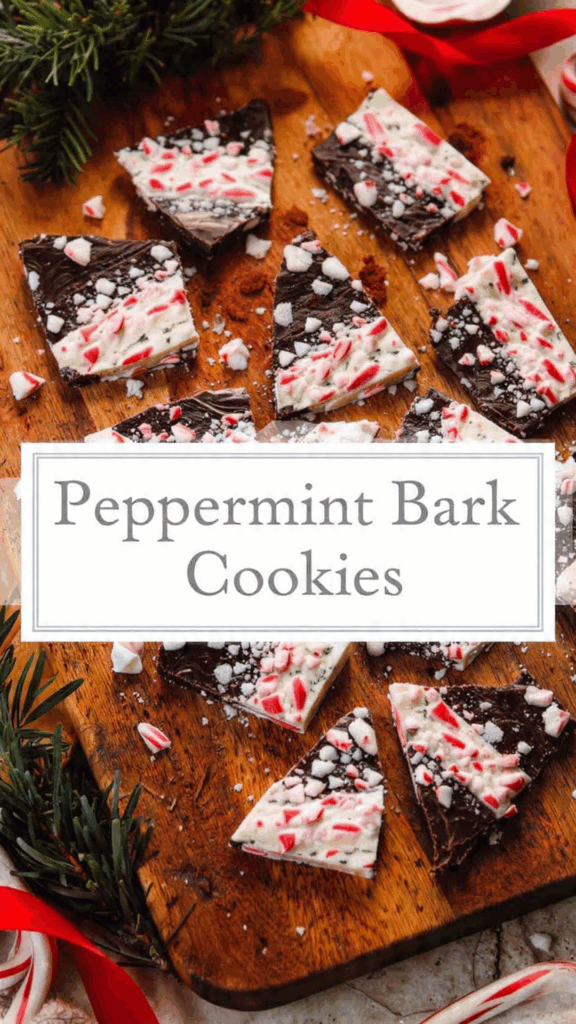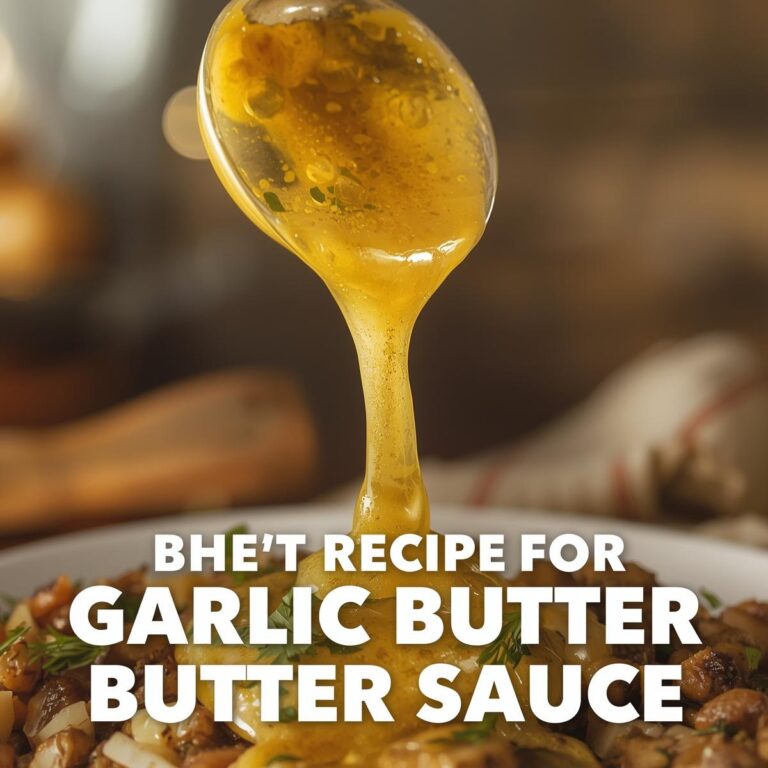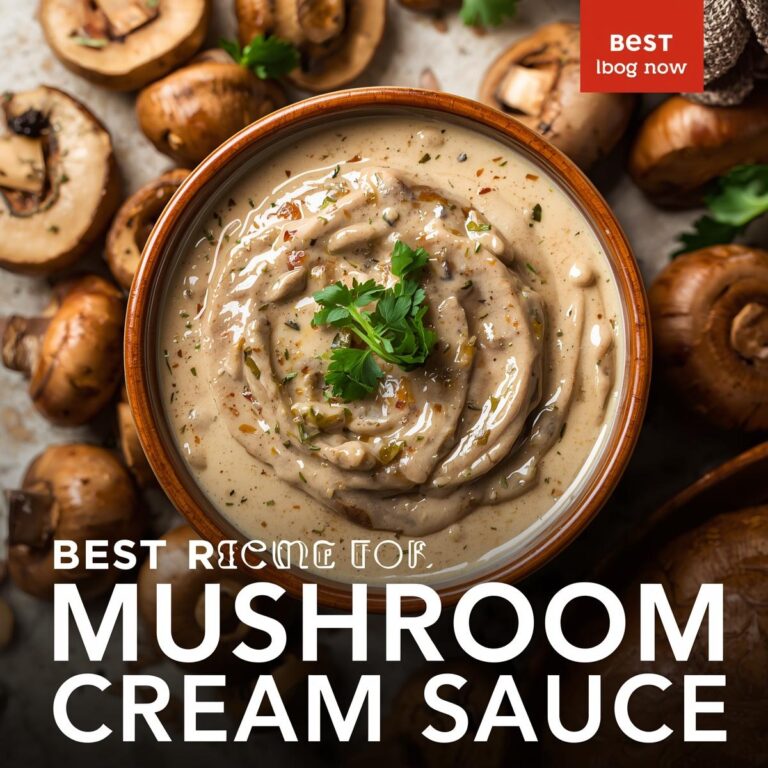Snickerdoodles are a timeless cookie classic — soft, chewy, and coated in a fragrant layer of cinnamon sugar that gives them their signature flavor and texture. These cookies are simple yet irresistible, with a buttery base and a slight tang from cream of tartar that sets them apart from ordinary sugar cookies. Whether baked for holidays, parties, or cozy afternoons, Snickerdoodles are a comforting treat that never goes out of style.
The beauty of Snickerdoodles lies in their simplicity. With basic pantry ingredients, they deliver a perfect balance of sweetness, spice, and texture. The cinnamon sugar coating caramelizes slightly in the oven, creating a crisp exterior that contrasts beautifully with the soft, pillowy center.
This recipe works because it combines the right ratio of butter, sugar, and flour with the unique addition of cream of tartar, which gives Snickerdoodles their signature tang and chewy texture. The result is a cookie that’s nostalgic, flavorful, and impossible to resist.
Ingredients and Their Roles
Unsalted butter: Adds richness and moisture.
Granulated sugar: Sweetens and helps create a crisp edge.
Eggs: Bind the ingredients and add structure.
All-purpose flour: Provides the base and structure.
Cream of tartar: Gives the cookies their signature tang and chewy texture.
Baking soda: Helps the cookies rise and spread.
Salt: Balances sweetness and enhances flavor.
Cinnamon and sugar: Create the classic coating that defines Snickerdoodles.
Step-by-Step Recipe
Ingredients (makes about 24 cookies)
1 cup unsalted butter, softened
1½ cups granulated sugar (plus ¼ cup for rolling)
2 large eggs
2¾ cups all-purpose flour
2 tsp cream of tartar
1 tsp baking soda
¼ tsp salt
2 tsp ground cinnamon (for rolling)
Preparation
- Preheat the oven to 175°C (350°F). Line baking sheets with parchment paper.
- Cream the butter and sugar
In a large bowl, beat the butter and 1½ cups sugar together until light and fluffy. Add the eggs one at a time, mixing well after each addition. - Combine the dry ingredients
In another bowl, whisk together flour, cream of tartar, baking soda, and salt. Gradually add the dry mixture to the butter mixture, mixing until a soft dough forms. - Make the cinnamon sugar coating
In a small bowl, combine ¼ cup sugar and 2 teaspoons cinnamon. - Shape the cookies
Scoop tablespoon-sized portions of dough and roll them into balls. Roll each ball in the cinnamon sugar mixture until fully coated. - Bake
Place the coated dough balls on the prepared baking sheets about 2 inches apart. Bake for 9–11 minutes, or until the edges are set and the centers are soft. - Cool
Let the cookies cool on the baking sheet for 5 minutes, then transfer to a wire rack to cool completely.
Tips for Perfect Snickerdoodles
Use room-temperature butter for smooth mixing.
Do not overbake — the cookies should stay soft in the center.
Chill the dough for 20 minutes if it’s too sticky to handle.
Roll generously in cinnamon sugar for a bold flavor.
Store in an airtight container to keep them chewy.
Variations and Flavor Combinations
Classic Snickerdoodles: Traditional version with cinnamon sugar coating.
Brown Butter Snickerdoodles: Use browned butter for a nutty, rich flavor.
Pumpkin Snickerdoodles: Add ¼ cup pumpkin puree and a pinch of nutmeg.
Chocolate Snickerdoodles: Add 2 tablespoons cocoa powder to the dough.
Chai Snickerdoodles: Replace cinnamon with a blend of chai spices.
Stuffed Snickerdoodles: Fill with caramel or Nutella for a surprise center.
Serving Suggestions
Snickerdoodles are perfect for holiday cookie trays, bake sales, or afternoon snacks. Serve them warm with coffee, tea, or hot chocolate. They also make a great base for ice cream sandwiches or crumbled over vanilla ice cream.
Make-Ahead and Storage
Make-ahead: Prepare the dough up to 2 days in advance and refrigerate.
Storage: Store baked cookies in an airtight container at room temperature for up to 5 days.
Freezing: Freeze unbaked dough balls for up to 2 months. Roll in cinnamon sugar before baking.
Nutritional Information (per cookie)
Calories: 140 kcal
Carbohydrates: 20 g
Sugar: 12 g
Fat: 6 g
Protein: 2 g
The History of Snickerdoodles
Snickerdoodles have been around since the late 19th century and are believed to have originated in New England, possibly influenced by German or Dutch baking traditions. The name’s origin is uncertain — some say it’s derived from the German word “Schneckennudel,” meaning “snail noodle,” while others believe it’s simply a whimsical name. Regardless of its roots, the Snickerdoodle has become a beloved American classic, especially during the holidays.
Flavor and Texture Profile
The perfect Snickerdoodle is soft, chewy, and slightly crisp on the edges. The cinnamon sugar coating adds warmth and sweetness, while the cream of tartar gives a subtle tang that balances the flavor. The texture is light and tender, making each bite melt in the mouth.
Common Mistakes and How to Avoid Them
Flat cookies: Chill the dough before baking to prevent excessive spreading.
Dry texture: Do not overbake; remove when centers are still soft.
Lack of flavor: Use fresh cinnamon and real butter.
Too dense: Cream butter and sugar thoroughly to incorporate air.
Uneven coating: Roll evenly in cinnamon sugar for consistent flavor.
Baker’s Tips
Use a cookie scoop for uniform size.
Sift dry ingredients for a lighter texture.
Add a pinch of nutmeg for extra warmth.
Bake one sheet at a time for even results.
Let cookies rest overnight for deeper flavor.
Pairing Ideas
With Drinks: Pair with coffee, chai tea, or hot cocoa.
>With Food: Serve alongside fruit, ice cream, or other holiday cookies.
>With Occasions: Perfect for Christmas, bake sales, or cozy weekends.
The Joy of Classic Baking
Snickerdoodles embody the joy of classic baking — simple ingredients, comforting flavors, and a touch of nostalgia. The process of rolling dough in cinnamon sugar and watching the cookies puff up in the oven is both satisfying and heartwarming. Baking them fills the kitchen with the scent of cinnamon, creating an atmosphere of warmth and happiness.
The Science of Snickerdoodles
The unique texture and flavor of Snickerdoodles come from the combination of cream of tartar and baking soda. Cream of tartar adds acidity, which reacts with baking soda to create lift and chewiness. It also prevents sugar crystallization, giving the cookies their soft texture. The cinnamon sugar coating caramelizes slightly during baking, adding a delicate crunch.
Presentation and Finishing Touches
For a beautiful presentation, arrange Snickerdoodles on a festive platter or stack them in glass jars for gifting. Dust lightly with extra cinnamon sugar before serving for sparkle. For holiday gatherings, tie stacks of cookies with ribbon or place them in decorative tins lined with parchment paper.
Modern Variations
Keto Version: Use almond flour and sugar-free sweeteners.
Vegan Version: Replace butter with coconut oil and eggs with flaxseed meal.
Gluten-Free Version: Use a gluten-free flour blend.
Low-Sugar Version: Reduce sugar and use natural sweeteners.
Gourmet Version: Add sea salt flakes or drizzle with white chocolate.
The Perfect Bite
The perfect bite of a Snickerdoodle is soft, chewy, and bursting with cinnamon sugar flavor. The crisp exterior gives way to a tender center, while the subtle tang from the cream of tartar adds depth. Each bite is comforting, nostalgic, and perfectly balanced.
Conclusion
Snickerdoodles are soft, chewy, and coated in cinnamon sugar — a classic cookie that captures the essence of home baking. With their simple ingredients, warm flavor, and irresistible texture, they’re perfect for any occasion. Easy to make and endlessly adaptable, Snickerdoodles are a timeless favorite that brings comfort and joy to every bite. This recipe proves that the simplest cookies can be the most memorable — a true celebration of cinnamon, butter, and the magic of homemade baking.






